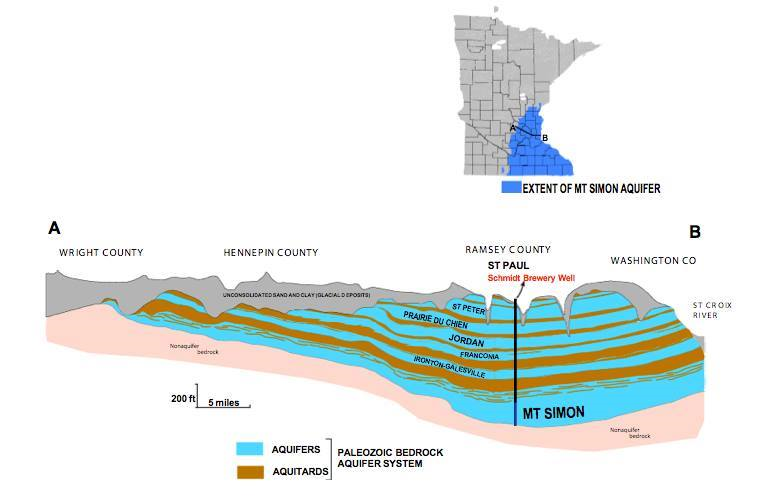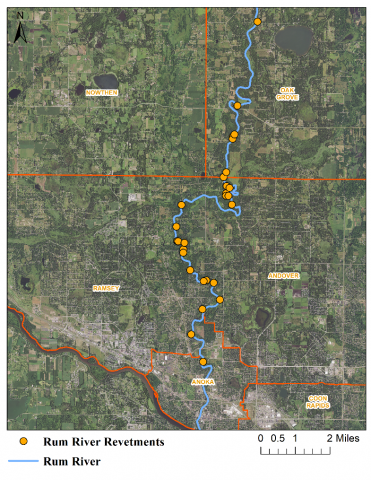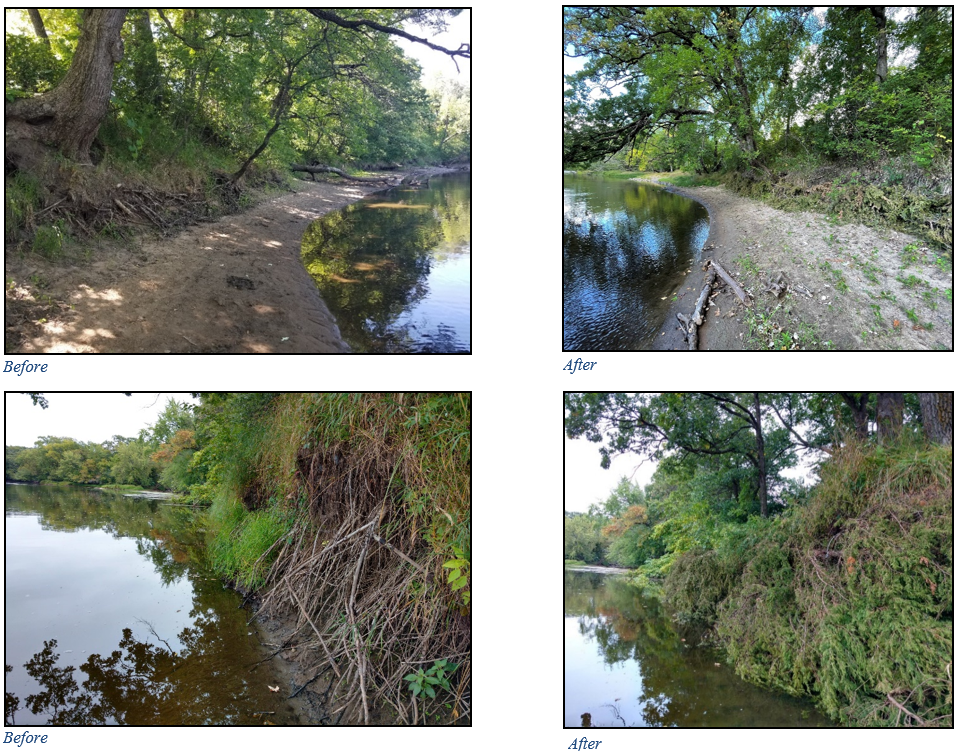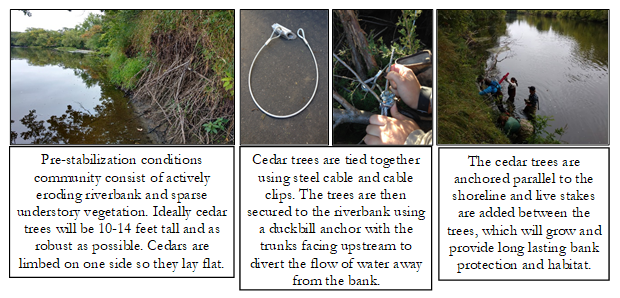The Mount Simon-Hinckley aquifer is one of the deepest and oldest aquifers in the state. It runs from Hinckley, MN to a large swath of south central Minnesota. The aquifer reaches depths of over 1,000 feet in some areas, containing water that is 30,000 years old. Industrial pumping of the aquifer has been banned in the seven county metro area for more than 30 years, and household use is only allowed when there is no other reasonable water alternative. Even with current restrictions, demand on the aquifer is likely to increase in the future due to projected climate conditions.
Many people think of aquifers as large underground lakes, but really an aquifer is more like sand soaked water where water trickles down through the porous space. This trickle of water may be extremely slow and it may take years for water to reach the aquifer. This leads to issues when aquifers are over-pumped and this slower recharge rate is not taken into account. There are already known areas in the Mount Simon Aquifer that are dry, caused by excessive pumping.
The Mount Simon Hinckley aquifer is an especially complicated system because of the diversity of the landscape it covers. These different landscapes have unique water flow as well as varying rock types which influence the water's ability to percolate down. Water within the same aquifer may differ in age by a thousand years depending on when the water reached the aquifer. Age of the water can be an indicator of water supply.
Learn more about how groundwater systems work by watching ACD's "Our Groundwater Connection" informational video.





